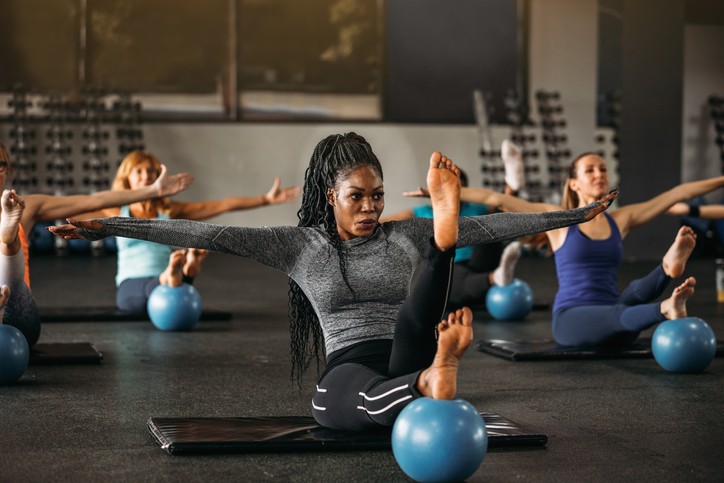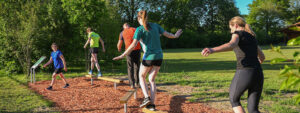Introduction
Whether you’re new to working out or a seasoned fitness enthusiast, chances are you’ve encountered advice that sounds a little too good—or a little too extreme—to be true. Unfortunately, the fitness world is full of myths that, if followed blindly, can set you back in your journey. These misconceptions can lead to wasted time, stalled progress, or worse—injuries.
The Impact of Fitness Myths:
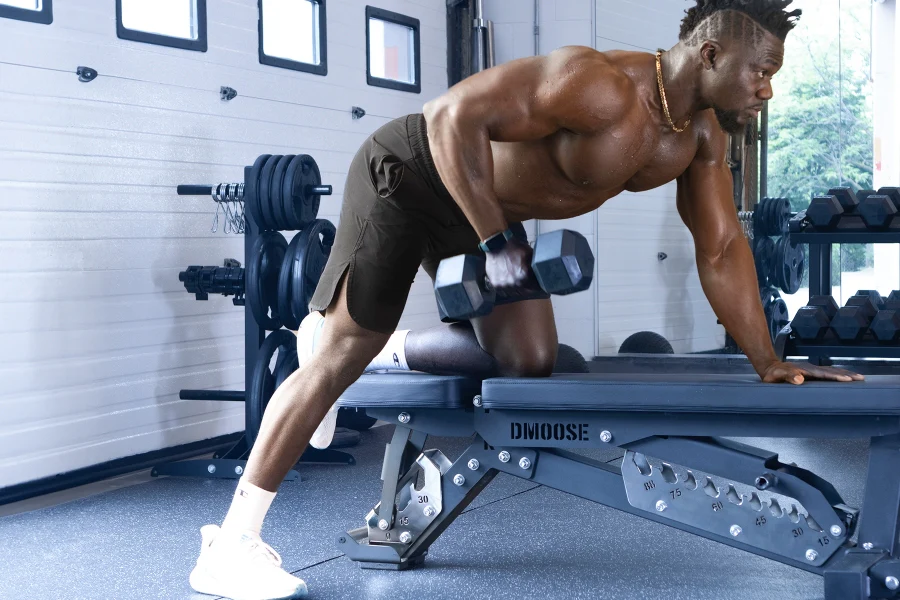
Fitness myths can be discouraging. They often make people feel like they’re doing something wrong or that they’ll never reach their goals. They can even create unhealthy mindsets around exercise and body image, leading to frustration and burnout. That’s why it’s crucial to separate fact from fiction and arm yourself with science-based knowledge.
Purpose of the Article:
In this article, we’ll tackle some of the most common exercise myths that might be holding you back from your full potential. By debunking these myths, we aim to give you the tools to approach fitness with confidence and make informed choices for your health.
1. Myth #1: “No Pain, No Gain”

Why People Believe This:
The phrase “no pain, no gain” has been passed down through generations of athletes and gym-goers. It paints the picture that unless you’re pushing yourself to extreme discomfort, you’re not working hard enough to see results. This mentality stems from the idea that physical transformation requires suffering.
The Truth:
While it’s true that progress often comes with a degree of challenge and discomfort, there’s a big difference between productive discomfort and injury-inducing pain. Feeling sore after a workout is common, especially when trying new exercises or increasing intensity, but sharp, sudden pain is a sign something is wrong.
How to Train Safely:
Listen to your body. It’s okay to challenge yourself, but know the difference between effort and pain. Take rest days when needed, stay hydrated, and use proper form to avoid injury. Remember, you don’t have to suffer to make progress.
2. Myth #2: “Cardio is the Only Way to Lose Weight”
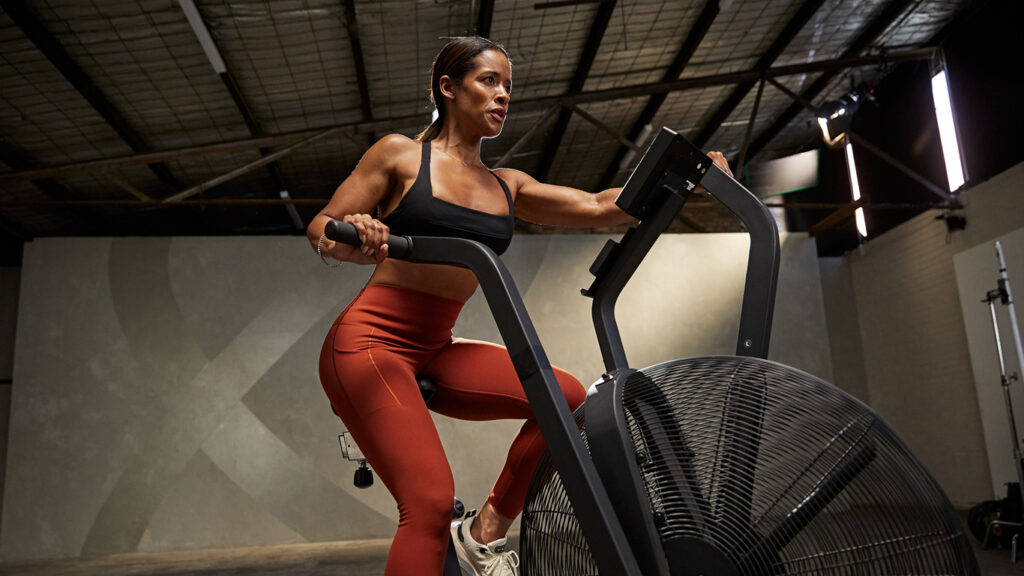
The Cardio Obsession:
For decades, cardio exercises like running, cycling, and aerobics have been touted as the ultimate solution for fat loss. The focus on “burning calories” has made people believe that long, intense cardio sessions are the fastest and only way to shed weight.
The Role of Strength Training in Fat Loss:
While cardio burns calories during the activity, strength training builds muscle, which increases your resting metabolic rate (the number of calories you burn at rest). The more muscle you have, the more calories you burn, even when you’re not exercising. Studies have shown that a combination of strength training and cardio is the most effective approach to fat loss.
A Balanced Approach to Weight Loss:
To lose weight, a well-rounded fitness routine is key. Incorporate both cardio and strength training for optimal fat loss and muscle preservation. Combine this with a balanced diet to create a calorie deficit for sustainable weight loss.
3. Myth #3: “You Can Spot-Reduce Fat”
The Temptation of Spot-Reduction Claims:
Many people fall for the idea that you can target fat loss in specific areas of the body by working out those muscles—think crunches for belly fat or thigh exercises to slim the legs. Marketing for fitness gadgets and programs often fuels this misconception with promises of “targeted” fat loss.
The Science Behind Fat Loss:
The reality is that fat loss happens all over your body, not just in the areas you focus on. When you lose fat, it’s a whole-body process determined largely by your genetics. While you can build muscle in specific areas, the fat that covers those muscles will reduce only as your overall body fat percentage decreases.
Effective Fat-Loss Strategies:
The best way to lose fat is by combining strength training, full-body workouts, and cardio, while maintaining a calorie deficit through diet. Patience and consistency are essential—you can’t force your body to lose fat in specific areas, but you can work towards an overall leaner physique.
4. Myth #4: “Lifting Weights Makes You Bulky”

Why This Myth Persists:
This myth is particularly common among women, who often avoid lifting heavy weights for fear of becoming too muscular or “manly.” Social media and fitness culture have reinforced this stereotype, leading many to shy away from strength training in favour of cardio.
The Reality of Building Muscle:
In reality, building large, bulky muscles requires specific training, a very high-calorie diet, and even a genetic predisposition. For most people, especially women, lifting weights results in a toned, leaner appearance rather than bulk. Muscle growth takes time and effort, and without a structured plan to gain significant muscle mass, you won’t suddenly get “too bulky.”
The Benefits of Strength Training:
Strength training has a host of benefits beyond aesthetics. It improves metabolism, bone density, posture, and overall strength. Women, in particular, benefit from strength training as it helps maintain muscle mass as they age, preventing age-related muscle loss and boosting longevity.
5. Myth #5: “More Exercise is Always Better”
Overtraining Risks:
The logic behind this myth seems straightforward—the more you work out, the faster you’ll see results. However, over-exercising can lead to burnout, fatigue, and injury. It can also negatively affect your mental health, leading to anxiety or disillusionment with fitness.
The Importance of Rest and Recovery:
Rest days are just as important as workout days. During rest, your muscles repair and grow, and your body recovers from the physical stress of exercise. Without proper rest, your body can’t build strength, leading to plateaus or even regression in your progress.
Signs of Overtraining:
Look out for signs like constant fatigue, irritability, muscle soreness that doesn’t go away, decreased performance, and lack of motivation. If you notice these symptoms, it may be time to scale back and focus on recovery.
6. Myth #6: “If You’re Not Sweating, You’re Not Working Hard Enough”
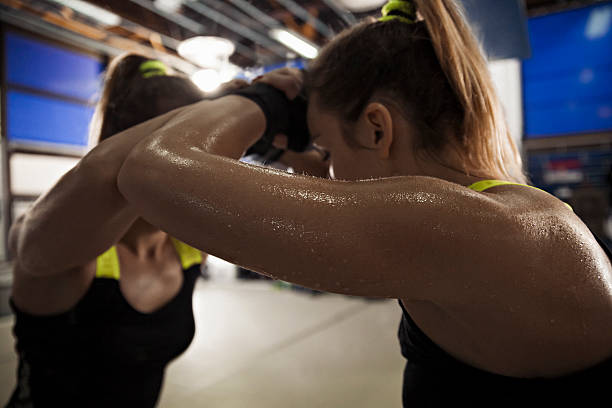
Why Sweating is Not an Indicator of Workout Intensity:
Sweating is your body’s way of cooling itself down, not necessarily a measure of workout effectiveness. How much you sweat depends on factors like the temperature, humidity, and your individual physiology, not the intensity of your exercise.
Different Ways to Measure Workout Effectiveness:
Instead of focusing on sweat, track your heart rate, strength gains, and endurance improvements. Use tools like fitness apps or heart rate monitors to measure progress. Even low-sweat activities like weightlifting or yoga can have immense benefits.
7. Myth #7: “You Have to Go to the Gym to Get Fit”
The Rise of Home Workouts:
With the rise of online fitness programs, apps, and affordable equipment, many people are realising that you don’t need a gym membership to stay fit. In fact, many effective workouts require little to no equipment at all.
Bodyweight Exercises and Minimal Equipment:
You can achieve great fitness results using bodyweight exercises like push-ups, squats, lunges, and planks. Adding simple equipment like resistance bands or dumbbells can take these exercises to the next level. It’s possible to get a full-body workout in your living room with minimal space.
Creating an Effective Home Workout Routine:
Build a routine based on your fitness goals. Focus on strength, flexibility, and cardiovascular health by mixing exercises such as bodyweight circuits, HIIT, and mobility work. Consistency and variety are key to success, whether you’re at home or in the gym.
8. Myth #8: “Stretching Before a Workout Prevents Injury”

The Misconception of Static Stretching:
Many people believe that stretching before a workout is essential for injury prevention. However, static stretching (holding a stretch in place) before exercise may actually decrease performance and doesn’t significantly reduce injury risk.
The Importance of Dynamic Warm-Ups:
Dynamic warm-ups involve moving through a range of motion to increase blood flow and warm up the muscles. Activities like leg swings, arm circles, and light jogging are far more effective in preparing your body for exercise than static stretching.
When to Stretch:
Save static stretching for post-workout when your muscles are warm. Incorporating flexibility training into your routine can improve overall mobility and reduce stiffness, but it’s most beneficial after your workout or as a separate session entirely.
Conclusion
Summarise Key Takeaways:
By now, you’ve likely recognised how easy it is to fall for fitness myths that can slow your progress or cause harm. Myths like “no pain, no gain” or “you have to sweat to see results” are not only misleading but also unhelpful in achieving long-term fitness success.
The most important thing you can do on your fitness journey is to listen to your body and rely on science-backed information rather than fitness fads. Don’t be afraid to rethink what you’ve been told and create a workout routine that works for your goals, health, and lifestyle.
Bonus Section: FAQ on Common Fitness Myths
- Q: Can women and men train the same way?
A: Absolutely! Both men and women benefit from similar training methods, like strength training and cardio, though their specific goals may differ. - Q: Can I work out on an empty stomach?
A: Yes, but it depends on your body. Some people perform well in a fasted state, while others may need fuel before working out. Listen to what works best for you!
This article is designed to be informative, engaging, and empowering, giving readers the tools to break free from common fitness misconceptions and make smarter exercise choices.

